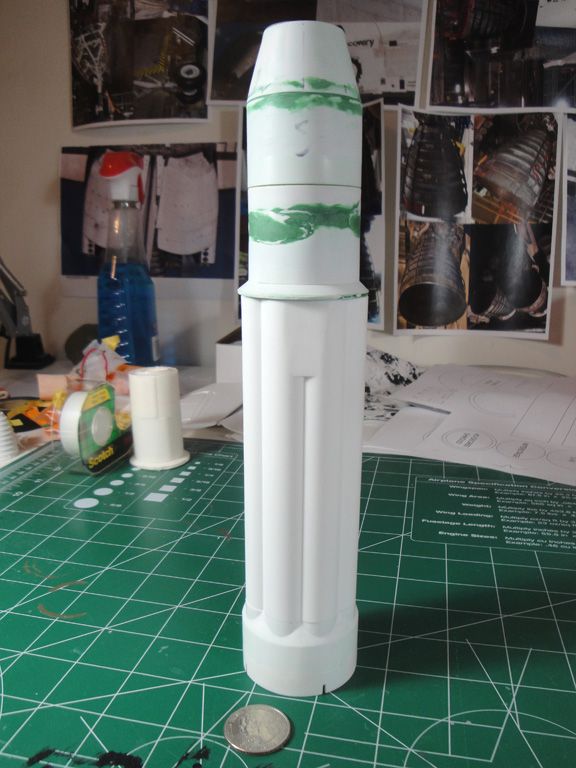Theme Updates
We're in the process of upgrading our site's theme to be friendlier to mobile devices. There are bound to be bugs here and there, but hopefully we will be able to work them out in short order. We hope you like the changes.

Tips for using netfabb Studio Basic (free) for fixing errors in STL files for 3D printing.